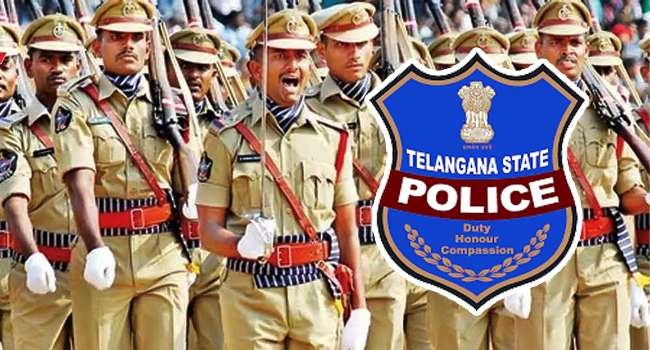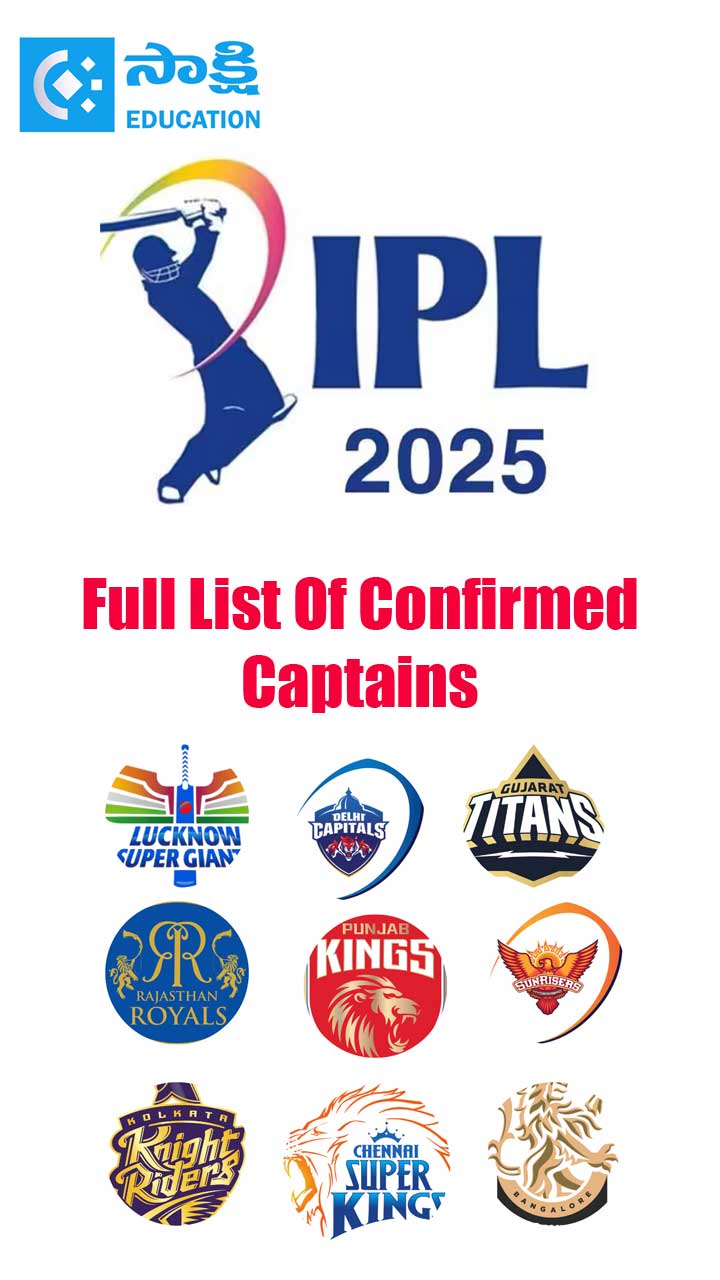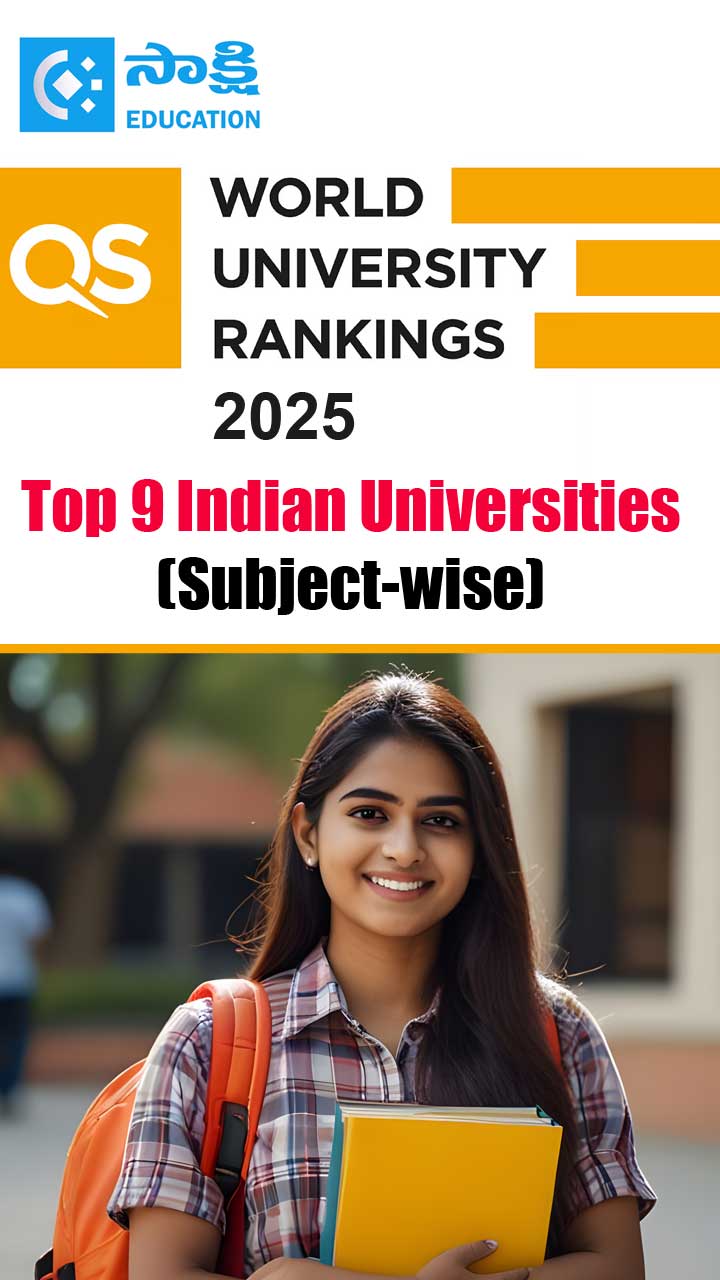TSLPRB Recruitment 2022: SCT Sub Inspector IT&CO, PTO and SCT Assistant Sub Inspector FPB Syllabus

Syllabus For Written Examinations
For The Posts Of SCTSI (IT&CO), SCT SI (PTO) And SCT ASI (FPB)
PAPER I: ENGLISH FOR ALL THE 3 POSTS
Qualifying Paper in English shall be of Matriculation or equivalent standard. Questions of the standard of SSC / Matriculation seeking to ascertain the Candidate’s knowledge and language skills shall be asked
PART-A: (OBJECTIVE TYPE) (50 QUESTIONS – 25 MARKS – 45 MINUTES)
Usage, Vocabulary, Grammar, Comprehension and other language skills in the Multiple Choice Questions Format (with 1/4th (25%) negative marks for wrong answers)
PART-B: (DESCRIPTIVE TYPE) (75 MARKS – 2 HOURS 15 MINUTES)
Descriptive Type Questions covering Writing of Précis, Letters / Reports, Essay, Topical Paragraphs and Reading Comprehension
PAPER II: ARITHMETIC & TEST OF REASONING / MENTAL ABILITY FOR ALL THE 3 POSTS
(OBJECTIVE TYPE) (200 QUESTIONS)
Arithmetic: It shall include questions on problems relating to number system, simple interest, compound interest, ratio & proportion, average, percentage, profit & loss, time & work, work & wages, time & distance, clocks & calendars, partnership, menstruation etc
Test of Reasoning:It shall include questions of both verbal & non-verbal type and include question on analogies, similarities and differences, spatial visualization, spatial orientation, problem solving, analysis, judgment, decision making, visual memory etc
Also Check: TSLPRB Notification 2022 For 15644 Constable, Firemen & Warder Posts
PAPER III: TECHNICAL PAPER FOR SCT SI (IT&CO)
(OBJECTIVE TYPE) (200 QUESTIONS)
1. Network Theory: Network analysis techniques; Network theorem, transient and steady state sinusoidal response, Transmission criteria: delay and rise time Elmore’s and other definition, effect of cascading. Elements of network synthesis.
2. Electromagnetic Theory: Transmission lines; basic theory, standing waves, matching applications, micro strip lines; Basics of wave guides and resonators; Elements of antenna theory.
3. Electronic Measurements and Instrumentation: Basic concepts, standards and error analysis; Measurements of basic electrical quantities and parameters; Electronic measuring instruments and their principles of working; analog and digital comparison, characteristics, applications. Transducers; Electronic measurements of non-electrical quantities like temperature, pressure, humidity etc. Basics of telemetry for industrial use.
4. Power Electronics: Power Semiconductor devices, Thyristor, Power transistor, MOSFETs Characteristics and operation, AC to DC convertors; 1 – phase and 3 phase DC to DC convertors, AC regulators, Thyristor controlled reactors, switched capacitor networks, Invertors; Single-phase and 3 phase, Pulse width modulation, Sinusoidal modulation with uniform sampling, Switched mode power supplies.
5. Analog Electronic Circuits: Transistor biasing and stabilization, small signal analysis, Power amplifiers, Frequency response, Wide band techniques, Feedback amplifiers, Tuned amplifiers, Oscillators, Rectifiers and Power supplies, Operational Amplifier, other linear integrated circuits and applications, Pulse shaping circuits and waveform generators.
6. Digital Electronic Circuits: Transistors as a switching element; Boolean algebra; simplification of Boolean functions; Karnaught Map and applications; IC logic gates and their characteristics; IC logic families; DTL, TTL, ECL, NMOS, PMOS and CMOS gates and their comparison; Combinational logic circuits; Half adder; full adder, Digital Comparator; Multiplexer De-multiplexer; ROM and their applications; Flip-flops, R-S, JK, D and T flip-flops; Different types of counters and registers; waveform generators; A/D and D/G convertors; Semiconductor memories.
7. Communication Systems and antennas: Basic information theory, Modulation and detection in analogue and digital systems, Sampling and data reconstruction, Quantization & Coding, time division and frequency division multiplexing, Equalisation, Optical Communication; in free space & fiber optic; frequency spectrum analysis, Propagation of signals at HF, VHF, UHF and microwave frequency; Satellite communication, and Mobile communications. Antennas, applications, cellular and PCS antennas.
8. Microwave Engineering: Microwave tubes and solid state devices, Microwave generation and amplifiers, Wave guides and other Microwave Components and Circuits, Micro-strip circuits, Microwave antennas, Microwave measurements, Masers Lasers Microwave propagation. Microwave Communication Systems- terrestrial and satellite based.
9. Computer Engineering: Number Systems; Data representation, Programming; Elements of a high level programming languages, use of basic data structures, Fundamentals of computer architecture processor design, Control unit design, Memory organization, I/O system organization, Personal computer and their typical uses. Mother board peripherals, accessories, windows operating system, PC assembly and software installation, processor management, storage management, file systems, networking & LAN, basics of WAN, WAN protocols, networking management, system administration, web applications. Data structures using C, data base management concepts of SQL, schema objects, Programming Languages C,C++, Visual basics
10. Data Base Management: Basic Concepts, Database, RDBMS, Data types, tables, views, transactions, concurrency, reports, Tables, Data Sheets, Queries, Forms, Data Entry and Editing, Reports.
11. Networking & Security Management: Networking & LAN, basics of WAN, WAN Protocols, networking management, Firewall Policy, Packet filters, Application Gateway, Advanced authentication mechanism, Antivirus concepts, Encryption and Decryption VPN, Internet, Intranet, Basic concepts of Cyber Security.
12. Microprocessors: Microprocessor Architecture-Instruction set and simple assembly, language programming, Interfacing for memory and I/C, Applications of Microprocessor in Telecommunications and power system.
13. Television Engineering: Principle of closed circuit T.V. system, Video Conferencing.
14. Radars and Landing systems: Principles of operation of Radar, Radar range equation, modification of Radar range equation considering receiver noise and radar frequencies. Working of Pulsed radar, function of duplexer and modulator, Radar beacon. Principle of C.W radar, Doppler frequency shift, FMCW radar, FM altimeter, display systems, Basic principles of MTI radar and Tracking radar. Aircraft landing systems, ILS, GCA, ARSR and SRA.
15. Control systems: Effect of feedback on stability and sensitivity, Root locus techniques; Frequency response analysis, concepts of gain and phase margins, Approximation of transient response from closed loop frequency response, Design of Control Systems, Compensators Industrial controllers.
16. Telephone Systems: PSTN telephone network, Local Loops, signals and noise in telephone systems, telephone instruments, FDM, Digital transmission, digital Local loops, EPABX, FAX, internet telephony. GSM and CDMA phone system Multiplexing and multiple access techniques: digital subscriber line, Frequency Division multiplexing and access, Time division multiplexing and multiple access, spread- spectrum, Code division multiple access. Teleconferencing.
Note: In case any dispute about any question or answer, the decision taken by the Subject Expert Committee shall be final. The Board does not prescribe any particular text book or publication and is not bound by the material appearing in any book or publication.
PAPER III: TECHNICAL PAPER FOR SCT SI (PTO)
(OBJECTIVE TYPE) (200 QUESTIONS)
Basic Mechanical Engineering, Workshop Technology, Automobile Power Plants, Strength of materials and fluid Mechanics, Engineering Material and Manufacturing Process, Machine Drawing, Theory of Machines, Industrial Management and Entrepreneurship, Automobile servicing and maintenance and Diagnosis and Testing Automobile Servicing and Maintenance, Farm Machines and Equipment, Motor Transport Organization and Fleet Management, Motor Transport Organization Environmental Management. Automobile Electrical System, Computers and Information Technology, Leadership Qualities.
Note: In case any dispute about any question or answer, the decision taken by the Subject Expert Committee shall be final. The Board does not prescribe any particular textbook or publication and is not bound by the material appearing in any book or publication.
Also Check: TSLPRB Recruitment 2022: SCT Police Constable Civil Syllabus for Prelims and Final
PAPER III: TECHNICAL PAPER FOR SCT ASI (FPB)
(OBJECTIVE TYPE) (200 QUESTIONS)
1. Computer Hardware:
i) Computer Architecture: Fundamentals of Computers, PC Assembling, Installation, Trouble Shooting, Viruses.
ii) The Memory System: Memory Hierarchy, ROM, RAM, DRAM, Storage Devices, Secondary memory and RAID and its Levels; Concepts of high speed memories, CPU, NIC cards.
iii) Computer Peripherals: Keyboard, Mouse, Video Cards, Monitors, Liquid Crystal Displays (LCD), Digital Camera, Sound Cards, Printers, Modems, Scanners, Power Supply and etc.
2. Computer Software:
i) Operating Systems: Computer fundamentals, DOS Commands, windows accessories & utilities.
ii) Windows: Windows Generations – Installation and maintenance, File management, Creating user accounts and passwords, Administrative tools, Control panels, Services, Settings, Multimedia, printers
iii) Data Base Management, basic concepts, RDBMS, Data types, tables, views, transactions, concurrency, reports
3. Application Software: (MS-Office)
i) MS- Word : Basics, file operations, formatting & editing text, tables, inserting objects and page design, macros and mail merge, creating documents and printing.
ii) MS-Excel: Cell formatting, graphic objects and charts, database, pivot tables, data validation. Maths functions and calculations, templates, file protection and printing
iii) MS Power Point: Essential elements of presentation, creating and adding slides, format, design, layout, slide show presentations and printing.
iv) MS Access: Database, Tables, Data sheets, Queries, Forms, Data Entry and Editing. Reports.
4. Networking & Security Management:
The Topologies – Types of Networks: Local Area Networks (LAN), Metropolitan Networks (MAN), Wide Area Networks (WAN) – Firewall Policy, Packet filters, Application Gateway, Advanced authentication mechanism. Antivirus concepts, Encryption, VPN, Internet, Intranet
Note: In case any dispute about any question or answer, the decision taken by the Subject Expert Committee shall be final. The Board does not prescribe any particular textbook or publication and is not bound by the material appearing in any book or publication
ఇవి ఫాలో అయితే.. పోలీసు ఉద్యోగం మీదే || Telangana Police Jobs 2022|| SI, Constable Jobs||Events
TS Police Jobs: ఈ నిబంధనల ప్రకారమే పోలీసు ఉద్యోగాలు భర్తీ..
తెలంగాణ ఎస్ఐ,కానిస్టేబుల్ పరీక్షల బిట్బ్యాంక్ కోసం క్లిక్ చేయండి












